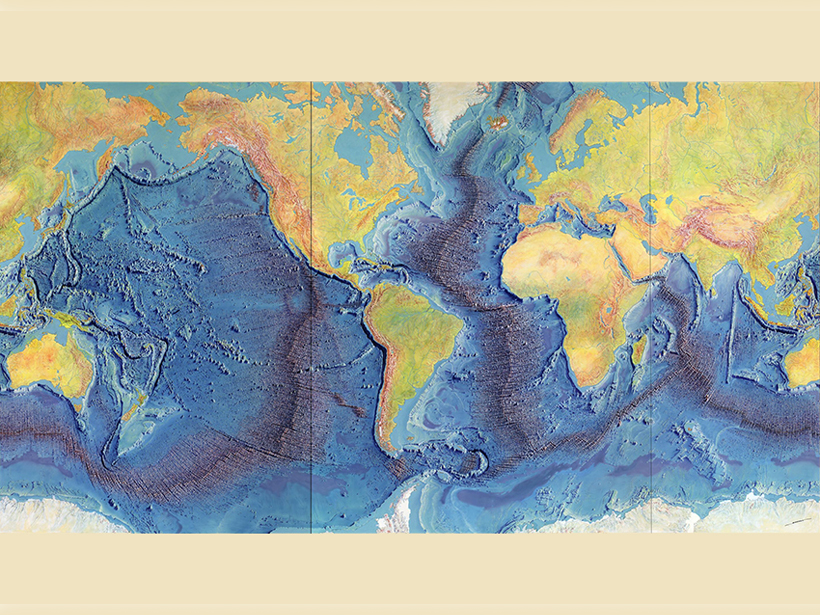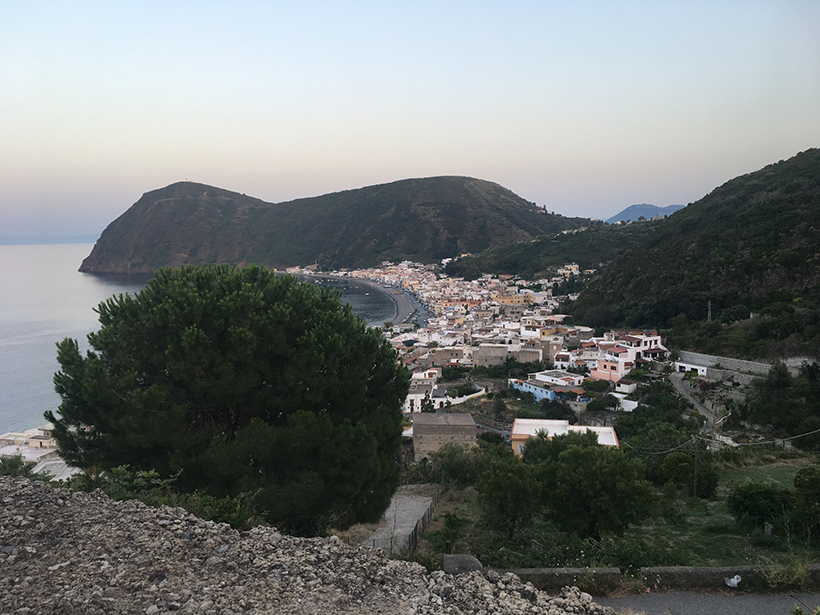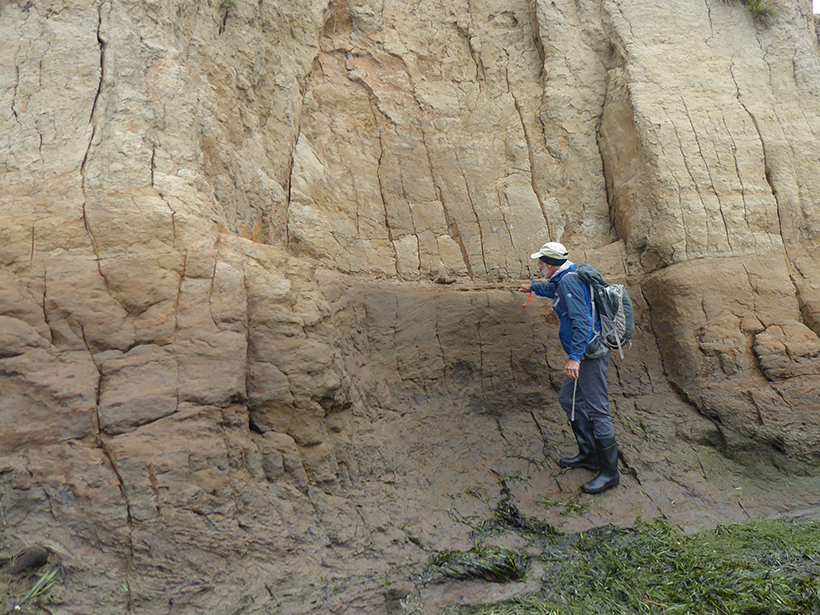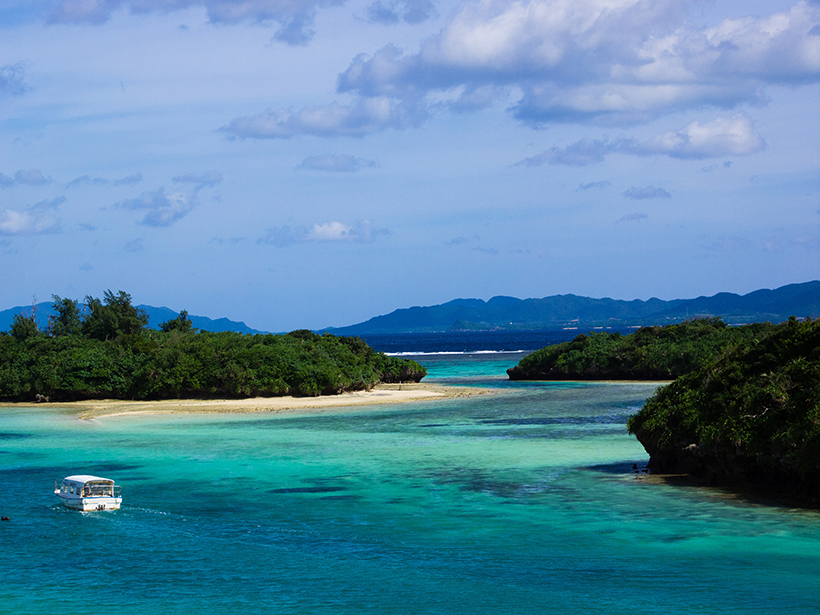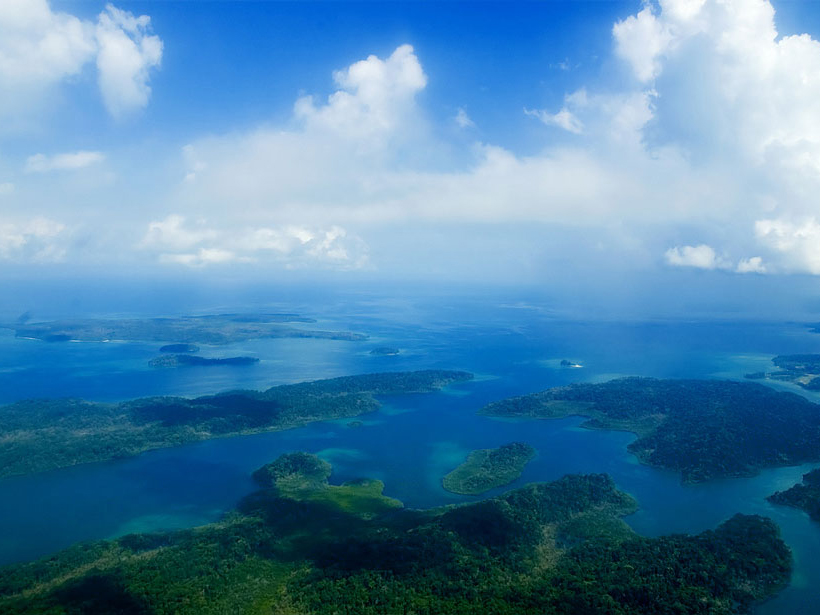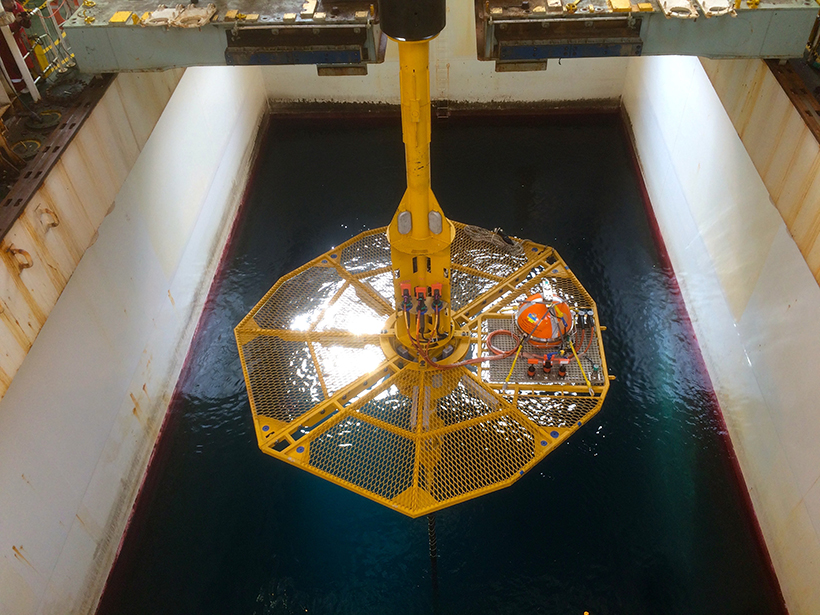A new view of plate tectonics is emerging.
subduction
Seismic Sensors Probe Lipari’s Underground Plumbing
An international team of scientists installed a novel, dense network of 48 seismic sensors on the island of Lipari to investigate the active magma system underground.
Addressing Cascadia Subduction Zone Great Earthquake Recurrence
USGS Powell Center Cascadia Earthquake Hazards Working Group; Fort Collins, Colorado, 25–29 March 2019
Déjà Vu: Understanding Subduction Zones’ Cycle of Seismicity
A unique geodetic data set from Japan’s Nankai subduction zone offers an unparalleled opportunity to study surface deformation spanning almost an entire seismic cycle.
Deciphering the Fate of Plunging Tectonic Plates in Borneo
What happens when subduction stops? A team of scientists installed a dense seismic network in Borneo to investigate causes and consequences of subduction termination.
Linking Observations and Modeling of Flat-Slab Subduction
The Center for Tectonics and Tomography: Workshop on Flat Slab Subduction; Houston, Texas, 18–20 January 2019
Unraveling the Origin of Slow Earthquakes
Different nucleation styles detected in five slow-slip events in the same area of Japan’s Ryukyu subduction zone suggest the physical properties along this tectonic plate interface change over time.
Can Earthquakes Trigger Volcanic Eruptions?
A new study supports the idea that earthquakes may be associated with increased volcanic eruptions, but over longer time spans than prior research indicated.
Investigating the Northern Indian Ocean’s Puzzling Geodynamics
International Ocean Discovery Program (IODP) Proposal Nurturing Workshop on Indian Ocean; Goa, India, 17–18 September 2018
In a Submarine Trough, Permeable Rocks May Lead to Quakes
In Japan’s submarine Nankai Trough, rock permeability is much higher when measured at larger scales, likely because of big fractures and faults that are not captured at small scales.

